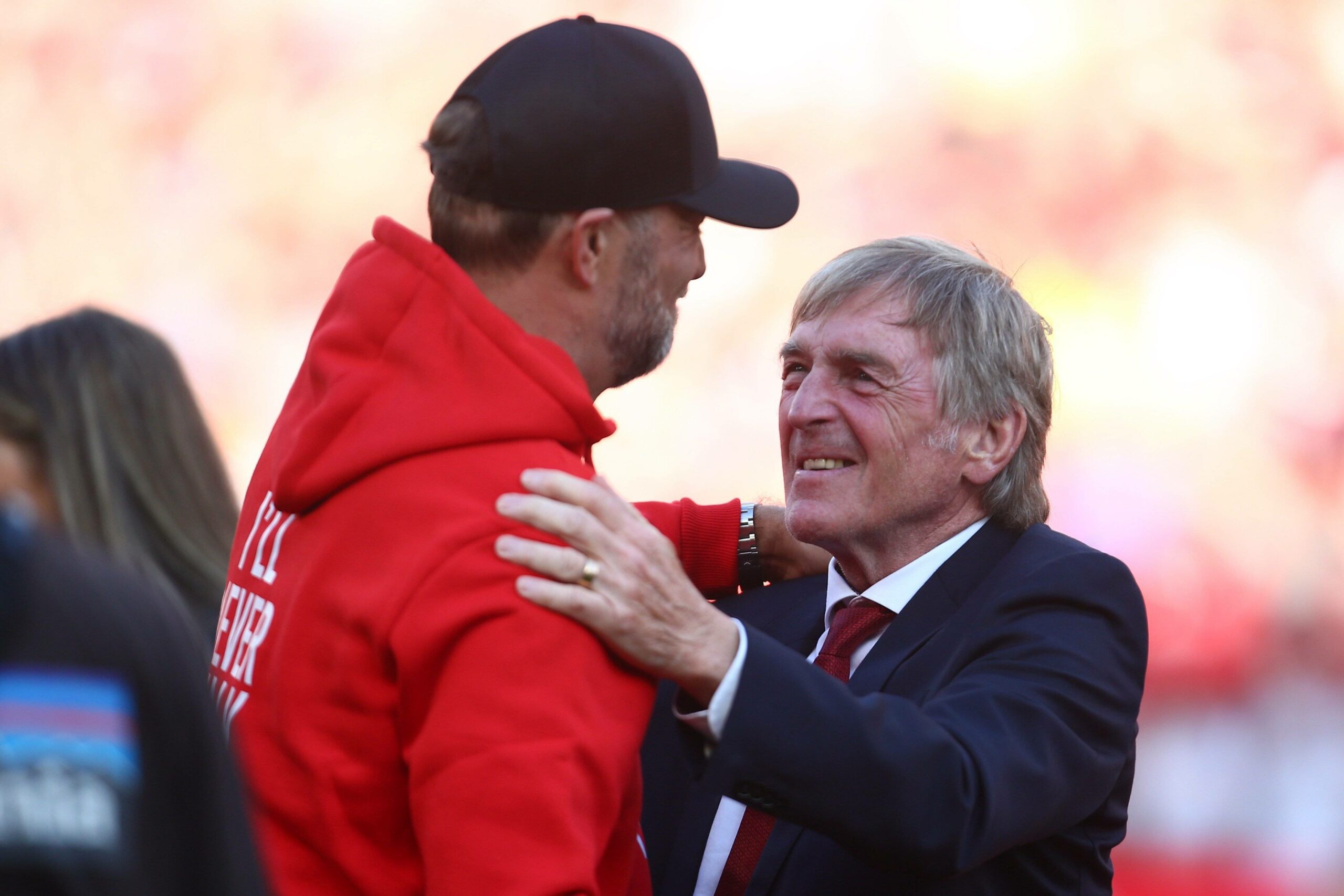Liverpool’s Forgotten Innovations: Pioneering Ideas That Changed Football
Football is a game steeped in history, and few clubs embody its transformative spirit more than Liverpool FC. Over the decades, the club has not only established itself as a footballing powerhouse but also as a pioneer of groundbreaking innovations that have left an indelible mark on the sport. Much like Katana Casino, which constantly seeks new ways to stay ahead in its field, Liverpool’s innovative approach ensured they remained a step ahead of their rivals. Yet, many of these advancements often fade into the backdrop of legendary triumphs and star players. Today, we shine a light on Liverpool’s forgotten innovations—ideas that reshaped football as we know it.
The Boot Room Philosophy: More Than Just a Room
One of Liverpool’s most iconic contributions to football culture is the legendary Boot Room. Established in the 1960s under Bill Shankly’s management, this small, unassuming space beneath Anfield became a breeding ground for tactical brilliance.
Key elements of the Boot Room philosophy include:
- Collaborative Coaching: Managers and coaches analysed games, shared ideas, and cultivated a unified approach to football.
- Legacy of Success: Produced managerial legends like Bob Paisley, Joe Fagan, and Kenny Dalglish, who collectively secured 11 league titles and four European Cups.
- Inspirational Influence: Inspired clubs such as Ajax and Bayern Munich to implement structured coaching setups.
During the 1960s and 1970s, when most clubs relied on instinctive play and individual brilliance, Liverpool’s structured tactical planning stood out. While this approach carried risks—especially if results faltered—the sustained success validated Shankly’s vision and set a benchmark for other clubs.
Players like Ian Rush and Kenny Dalglish often spoke of how the Boot Room enhanced their footballing intelligence and confidence. “The Boot Room taught us how to think like a team,” Dalglish remarked, crediting it with shaping his managerial mindset. The practice of collaborative coaching pioneered in this modest space is now a cornerstone of professional football worldwide.
Sports Science and Fitness: Ahead of the Curve
Liverpool’s innovative spirit extended into the realm of sports science long before it became a staple of modern football. In the 1970s and 1980s, the club embraced novel training methods, nutrition plans, and injury prevention strategies to maximise player performance. For example, they were among the first to implement hydration monitoring during training sessions.
Liverpool was one of the first clubs to employ full-time physiotherapists and nutritionists, ensuring players could perform at their peak. Recovery techniques such as cryotherapy and advanced massage therapy became integral, setting a benchmark that other clubs quickly followed.
Today, sports science has evolved into a multimillion-pound industry, with Liverpool once again at the forefront. The club’s state-of-the-art AXA Training Centre integrates cutting-edge technology to monitor player health and optimise training routines using data-driven insights to improve performance.

Pressing: The Klopp Revolution and Its Roots
Jurgen Klopp’s tenure at Liverpool has been defined by “gegenpressing,” an aggressive, high-energy style of play that prioritises winning the ball back immediately after losing it. While often associated with Klopp, this pressing philosophy has deep roots in Liverpool’s history.
Under Shankly and later Paisley, Liverpool implemented an early form of coordinated pressing. Players were drilled to stay compact, suffocating opponents by closing passing lanes and forcing errors. This tactical discipline laid the groundwork for modern pressing systems.
Modern Application
Klopp refined and modernised this approach, combining it with high-intensity runs and positional fluidity. By leveraging advanced analytics, Klopp and his coaching staff meticulously tracked player movements to tailor strategies. This holistic approach allowed Liverpool to dominate opponents with relentless energy and precision. Liverpool won the Premier League in 2020, ending a 30-year drought, while also clinching the Champions League in 2019.
Tactical Innovations: Pioneers of Adaptability
Liverpool’s tactical flexibility has long been a hallmark of their success. In the late 1970s and 1980s, Bob Paisley’s teams showcased an ability to adapt mid-game, seamlessly transitioning between formations to exploit weaknesses in the opposition.
A notable innovation was the adoption of zonal marking, a system prioritising covering spaces rather than individual players. This approach was showcased during Liverpool’s 1981 European Cup Final victory against Real Madrid, where disciplined defensive organisation stifled one of the era’s most formidable attacking teams. The success of zonal marking influenced teams like Barcelona and Manchester City.
The implementation of zonal marking under Paisley also demonstrated Liverpool’s ability to take calculated risks. While man-marking was the norm, Liverpool’s system demanded higher levels of communication and spatial awareness, pushing players to think beyond conventional tactics.

Lists of Innovations and Their Lasting Impact
Liverpool’s contributions to football innovation extend across multiple areas, leaving a legacy that continues to influence the sport. Some of the club’s most significant advancements include:
- The Boot Room Revolution:
- Fostered a culture of collaborative coaching.
- Produced managerial greats like Bob Paisley and Joe Fagan.
- Early Adoption of Sports Science:
- Introduced full-time physiotherapists and advanced recovery methods.
- Pressing Philosophy:
- Developed compact pressing under Shankly.
- Evolved into Klopp’s gegenpressing.
Each of these innovations not only reflects Liverpool’s ability to stay ahead of the curve but also demonstrates how the club’s pioneering spirit has shaped the broader footballing world.
Conclusion: A Legacy of Ingenuity
Liverpool FC’s history is a testament to the power of innovation in shaping the beautiful game. From the camaraderie of the Boot Room to the tactical genius of pressing, the club has consistently pushed boundaries.
Looking to the future, Liverpool is well-positioned to explore new frontiers in football innovation. With advancements in data analytics and artificial intelligence, the club can create intelligent and sustainable ways to approach the game. Liverpool’s pioneering spirit ensures that their past innovations will continue to inspire future generations of players and fans alike.




